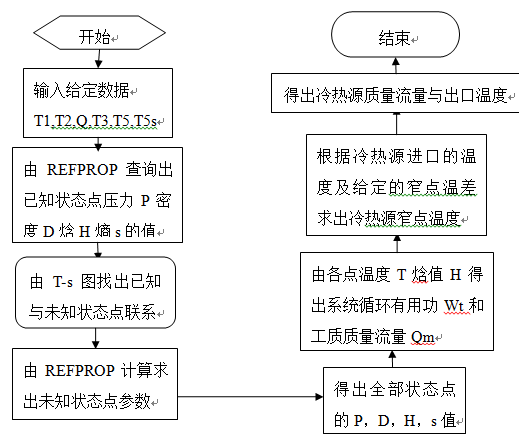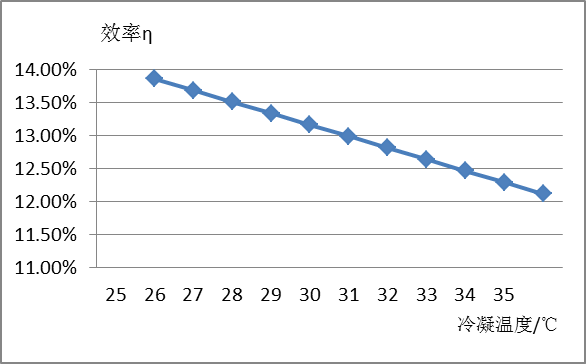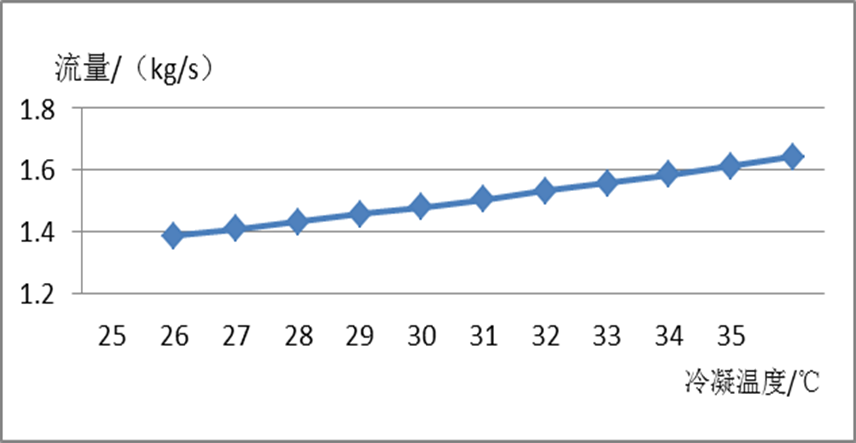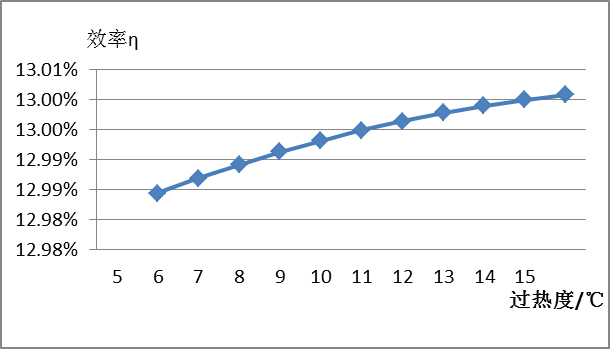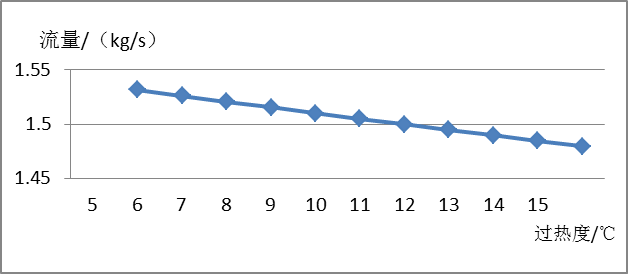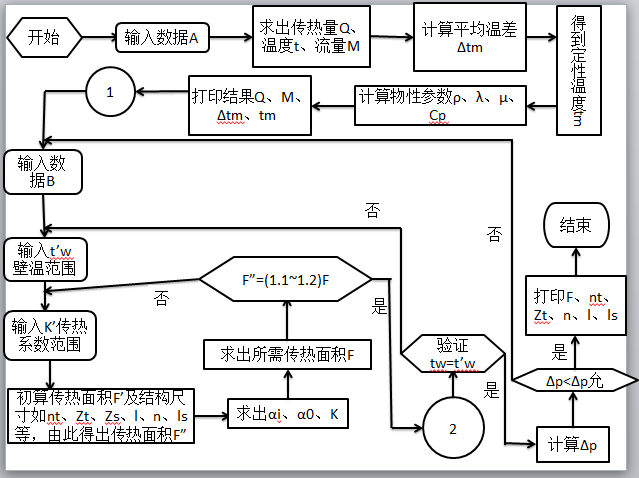100kW基于环戊烷的ORC系统设计毕业论文
2020-07-11 18:05:10
摘 要
我国余热资源极其丰富,但利用率极低,造成严重浪费。ORC系统即有机朗肯循环系统是一种针对低温热源进行有效利用的节能设备。有机朗肯循环选用有机物作为工质,将低品位余热转换成高品位电能。ORC系统的研究对于国内中低品位能源的回收利用及节能减排都具有重大意义。本课题中对100kW基于环戊烷的ORC系统进行相关的研究设计,选用空气模拟余热资源,以有机物环戊烷作为工质,通过相应软件对系统进行模拟计算及热力学性能分析,然后对ORC系统中的关键部件预热器及蒸发器进行热力计算和结构设计。本课题模拟ORC系统,进行热力计算,根据初步数据由迭代方法计算出实际所需的数据,然后对设计的部件中各结构进行设计计算及校核计算,再根据计算结果选取相对合适的零件完成预热器及蒸发器的配置。最后设计出符合要求的预热器及蒸发器。
关键词:有机朗肯循环 预热器 蒸发器 环戊烷
Design of Cyclopentane Based on Organic Rankine Cycle System of 100kW
Abstract
China waste heat resources are extremely rich, but its utilization rate is extremely low, causing serious waste. The ORC system, Organic Rankine Cycle System, is an energy-saving device that effectively uses low-temperature heat sources. The organic Rankine cycle uses organics as the working medium to convert low-grade residual heat into high-grade electrical energy. The research of ORC system is of great significance for the recovery and utilization of low-grade energy in the country and energy-saving and emission reduction. In this study, 100kW based on the ORC system based on cyclopentane related research and design, the choice of air simulation of waste heat resources, using organic cyclopentane as working medium, through the corresponding software for the system simulation calculations and thermodynamic performance analysis, and then the ORC system The key components in the preheater and evaporator are subjected to thermal calculation and structural design. This project simulates the ORC system, carries out the thermodynamic calculation, calculates the actual data from the iterative method according to the preliminary data, then calculates and calculates the structure of the components in the design, and then selects the appropriate parts to complete the configuration of the preheater and the steam generator according to the calculation results. Finally, the preheater and evaporator that meet the requirements are designed.
Key word: Organic Rankine cycle; Preheater; Evaporator; Cyclopentane
目录
摘 要 I
Abstract II
第一章 绪论 1
1.1 研究背景及意义 1
1.1.1 ORC介绍 1
1.1.2 工质 2
1.2 ORC系统研究现状 2
1.2.1 国外研究现状 2
1.2.2 国内研究现状 2
1.2.3 ORC应用 3
1.3 研究内容 4
第二章 ORC系统性能分析 5
2.1 ORC原理 5
2.2 空气热源的状态参数 9
2.3 循环系统冷源的状态参数 9
2.4 ORC系统性能模拟分析 9
2.5 小结 12
第三章 预热器及蒸发器计算 14
3.1 预热器设计 14
3.1.1初始数据 14
3.1.2 流体的物性参数 15
3.1.3 传热量及平均温差 15
3.1.4 估算传热面 16
3.1.5 管程设计 18
3.1.7 需用传热面积 21
3.1.8 阻力 21
3.1.9 预热器结构设计 23
3.2 蒸发器设计 24
3.2.1初始数据 24
3.2.2 流体的物性参数 25
3.2.3 传热量及平均温差 26
3.2.4 估算传热面积及传热面结构 26
3.2.5 管程设计 28
3.2.6 壳程结构及壳程计算 30
3.2.7 需用传热面积 33
3.2.8 阻力计算 33
3.2.9 蒸发器结构设计 35
3.3 小结 36
第四章 结论 38
参考文献 39
致谢 41
附录一 42
ORC系统蒸发温度变化的模拟计算程序代码 42
ORC系统冷凝温度变化模拟计算的程序代码 43
ORC系统过热度变化模拟计算的程序代码 44
附录二 47
预热器设计程序的MATLAB编程 47
附录三 51
蒸发器设计程序的MATLAB编程 51
第一章 绪论
1.1 研究背景及意义
能源是社会发展的动力,随着社会与经济的不断进步,能源的消耗越来越大,人类对能源的依赖性也日趋加剧。而传统能源即煤、石油和天然气等不可再生能源储量有限,而且这些能源的使用也带来了严重的生态破坏,使全球的环境问题日益严重[1]。为解决全球的能源和环境问题、实现可持续发展,所以如何开发利用地热能、潮汐能、太阳能和风能等新型能源和清洁能源以及提高传统能源利用率并对其二次利用是迫切需要解决的问题。在此背景下,人们越来越关注ORC回收中低品位能源的技术,ORC的相关技术是缓解人类与能源之间的矛盾的重要方法[2]。
相关图片展示:
